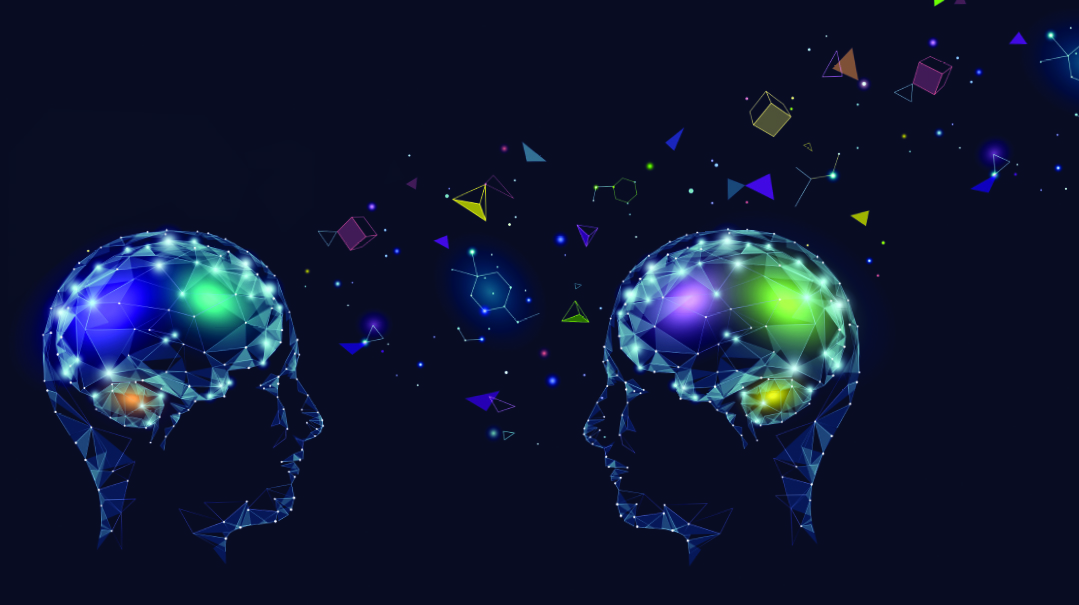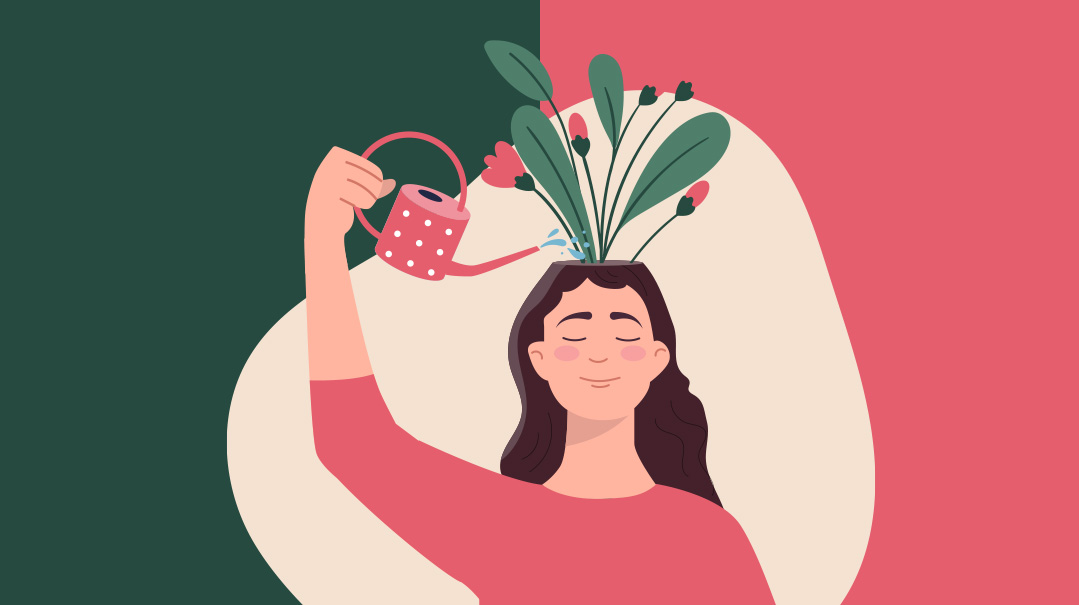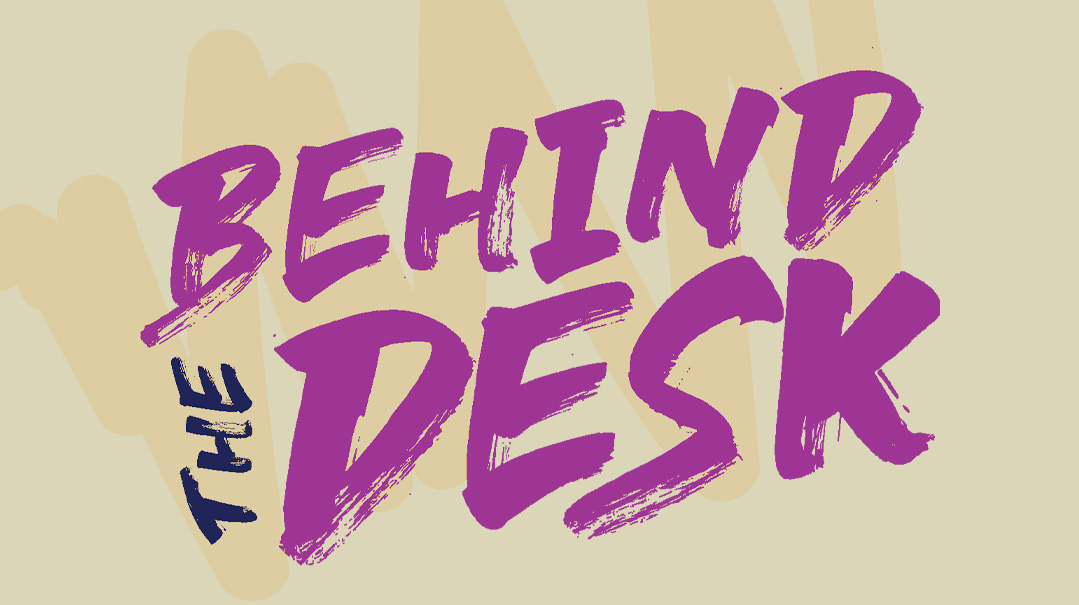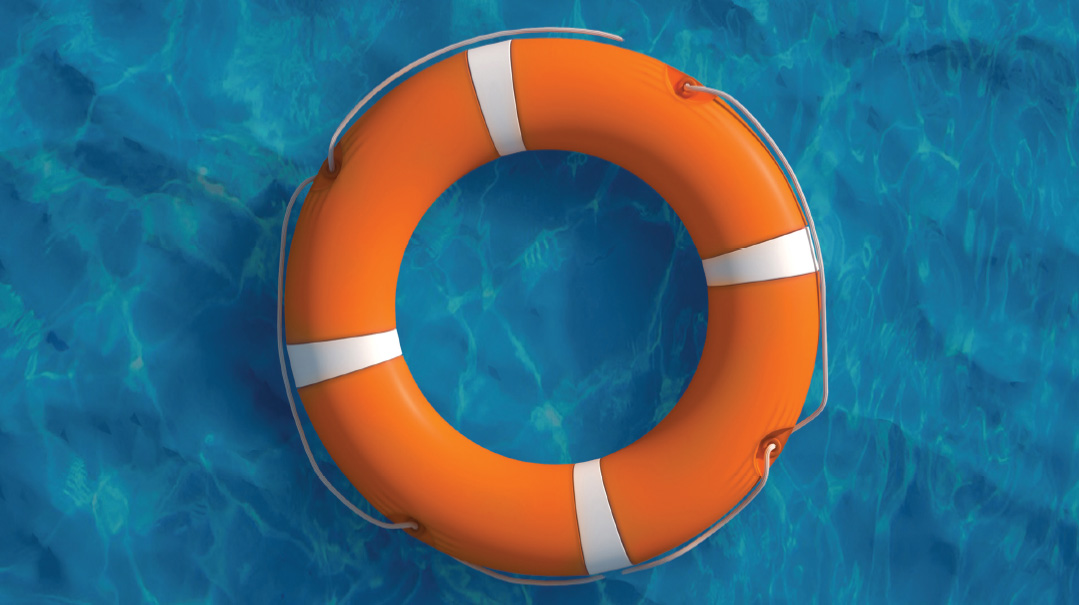Think Right, Think Left
| January 20, 2021Exploring the two sides of brainpower

This is how Leila studies for her history midterm:
She takes out her notes. She reads through them aloud, committing them to memory. She enjoys the logical, step-by-step buildup and she carefully organizes the information in her mind, date by date, to be neatly transferred to the test paper.
Her friend Rikki does things differently.
She, too, takes out her notes. But she also takes out her pens, colored markers, and oaktag. She draws spider diagrams and pictures and imagines what it must have felt like to live through the events they’re describing.
Leila doesn’t understand how Rikki can take in any information when it looks so messy and all over the place. Rikki can’t understand how Leila can memorize individual details without seeing the entire, cohesive, bigger picture.
But it’s simple. Leila’s studying with left-brained techniques. Rikki’s favoring her right brain while she studies. Here’s how it works.
SPECIALTY SIDES
The brain is an amazing organ. It controls thoughts, feelings, actions, sends messages to the rest of the body, and is incredibly complex. But did you know that the two sides (or hemispheres) of the brain, right and left, actually work differently?
The left side of your brain, sometimes known as the digital brain, is the analytical, orderly one. That’s the one you use to decipher language, master reading and writing, and do calculations. Do you ever find yourself thinking aloud? Putting your thoughts into words to help get them in order is a left-brain task.
On the other hand — or the other side — your right brain, sometimes called the analog brain, acts as the center of imagination, emotion, and creativity. Ever felt pulled toward something, or sensed a chill in the atmosphere, that had nothing to do with prior knowledge or logical deduction? Our intuitive skills are honed by the right side of the brain. So are skills in art, music, and even daydreaming!
Oops! We could not locate your form.







